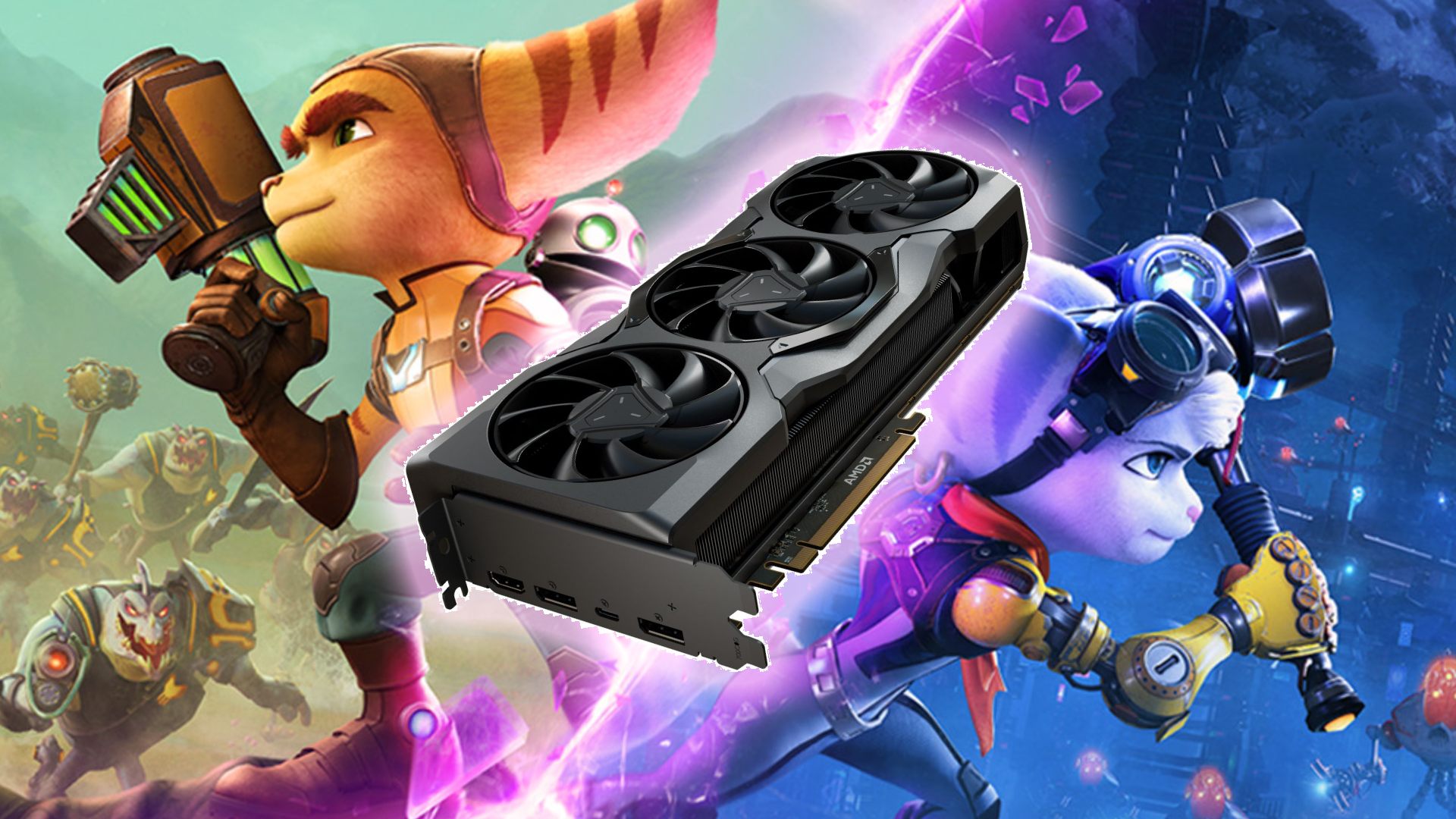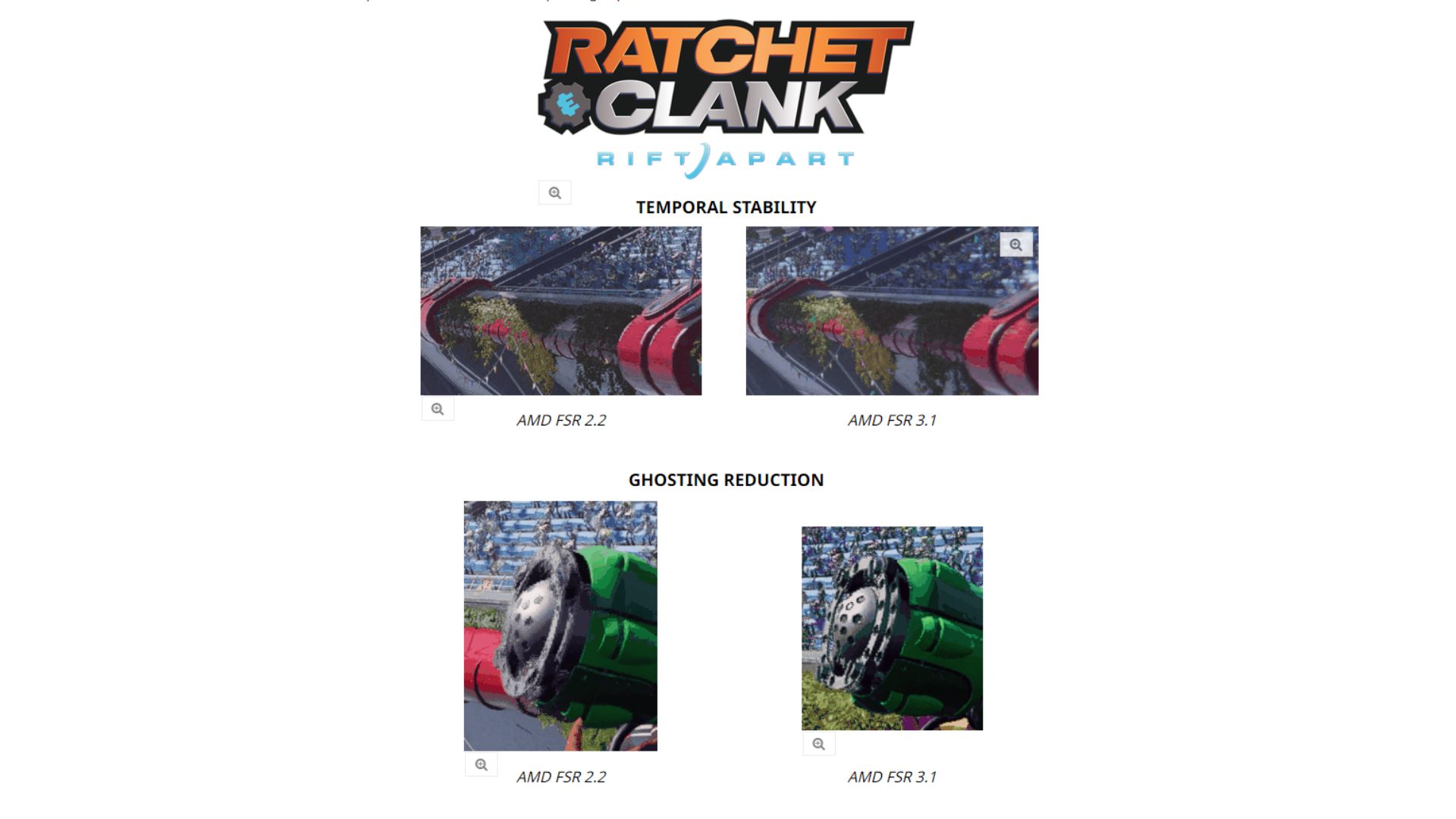AMD FSR 3.1 is in the works, and the Radeon GPU tech will play nice with other upscalers
Could AMD FSR and Nvidia DLSS join forces?

Hold onto your chairs, AMD fans, as FSR 3.1 has been officially announced. The next version of the Radeon upscaling tech will make a whole bunch of improvements that kick visual defects to the curb, as well as make it easier for game developers to implement. However, there’s one specific perk that I’m especially excited for, and it involves enabling AMD’s Frame Generation tech to work with other upscalers.
If you’re not quite sure what the words AMD FSR 3.1 even mean, but are eager to take advantage of the best graphics cards and their abilities, allow me to briefly fill you in. Short for FidelityFX Super Resolution, the tech is an upscaling solution that can dynamically change your resolution and fill in frame rate gaps to boost gaming PC performance. The current version, FSR 3, added that latter Frame Generation feature into the mix to compete with the likes of Nvidia DLSS, which boasts its own suite of tricks available to the latest GeForce GPUs.
At GTC 2024, AMD revealed that FSR 3.1 is currently in the oven, alongside a bunch of features to expect from its latest open-source upscaling package. Here’s a short list of all the enhancements included with the upcoming version via the graphics card maker’s official press announcement:
AMD FSR 3.1 improvements
- Upscaling visual quality improvements in certain situations, such as improved temporal stability (reduced flickering and/or shimmering), better preservation of detail, and ghosting and “fizziness” reduction.
- Decoupling upscaling from frame generation, allowing AMD FSR 3.1 frame generation technology to work with other upscaling solutions.
- Support for Vulkan and Xbox Game Development kits
- New FidelityFX API makes it easier for developers to debug and provides forward compatibility with future versions of FSR
Naturally, the biggest improvement sits at the top of the list, as artifacting and strange visuals are what’s most likely to deter players from using the tech. I’ve personally noticed some shenanigans like this going on when using upscalers, with details like wire mesh looking like a glitch in the Matrix. Those flaws don’t just apply to FSR, and I’ve definitely spotted weirdness in the likes of Cyberpunk 2077 with upscaling cranked up high, but it’s still excellent to see AMD focussing on a fix for its tech.
As for which game will benefit first, AMD says Ratchet & Clank: Rift Apart will gain support for FSR 3.1 first. The image below shows off how the newest version will combat potential temporal stability and ghosting issues, and it looks like the tech lives up to its promises.

As I’ve already teased, the idea of being able to use Frame Generation independently from upscaling has me pretty hyped. Not only will players decide exactly how much they want to rely on dynamically switching resolution, it’ll theoretically allow the tech to work side by side with other toolkits. AMD hasn’t directly specified whether that means you could, theoretically, pair FSR 3.1 Frame Generation with something like Nvidia DLSS to boost fps across more games, but it makes sense given the above pitch.
Of course, that theory applies to games with direct support for Fluid Motion Frames, meaning you’ll still need to pick up a GPU like the AMD Radeon RX 7900 XTX to benefit from the full upscaling suite. That said, with support for Vulkan and Xbox Game Development kit support on route, and that new FidelityFX API being included with the package, we should see a surge in support across all games and platforms.
Sign up to the GamesRadar+ Newsletter
Weekly digests, tales from the communities you love, and more
Speaking of which, AMD also says FSR 3 is now available in 40 games. That might not sound like many if your Steam library is bulging at the seams, but keep in mind the GPU toolkit hasn’t been around that long, having only landed in September 2023. With the 3.1 revamp reaching developers in Q2, we’ll hopefully see that number receive a big boost by the end of the year, which is great news for anyone trying to improve performance without resorting to an upgrade.
Looking for a complete system? Check out the best Alienware gaming PC for powerhouse builds with a unique aesthetic. Alternatively, take a peek at the best gaming laptop and best gaming handheld models for ways to play Steam games on the go.

I’ve been messing around with PCs, video game consoles, and tech since before I could speak. Don’t get me wrong, I kickstarted my relationship with technology by jamming a Hot Wheels double-decker bus into my parent’s VCR, but we all have to start somewhere. I even somehow managed to become a walking, talking buyer’s guide at my teenage supermarket job, which helped me accept my career fate. So, rather than try to realise my musician dreams, or see out my University degree, I started running my own retro pop culture site and writing about video games and tech for the likes of TechRadar, The Daily Star, and the BBC before eventually ending up with a job covering graphics card shenanigans at PCGamesN. Now, I’m your friendly neighbourhood Hardware Editor at GamesRadar, and it’s my job to make sure you can kick butt in all your favourite games using the best gaming hardware, whether you’re a sucker for handhelds like the Steam Deck and Nintendo Switch or a hardcore gaming PC enthusiast.


